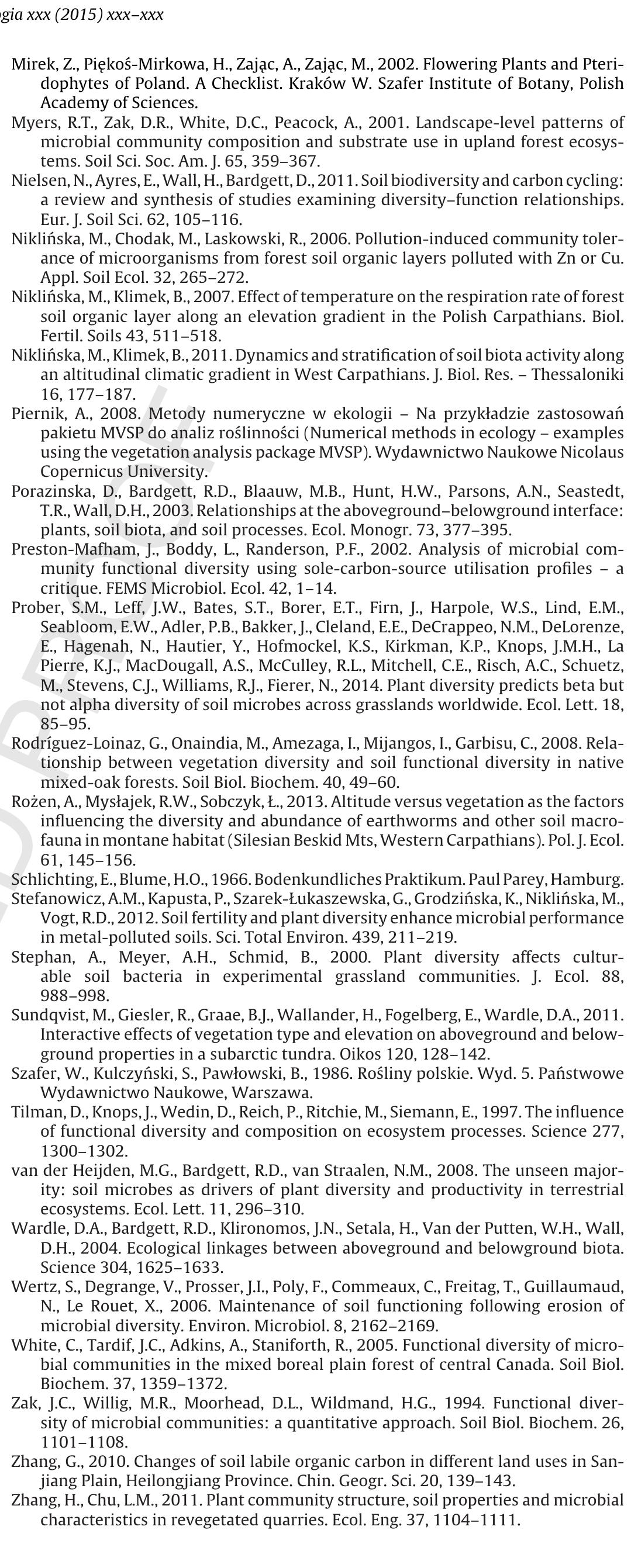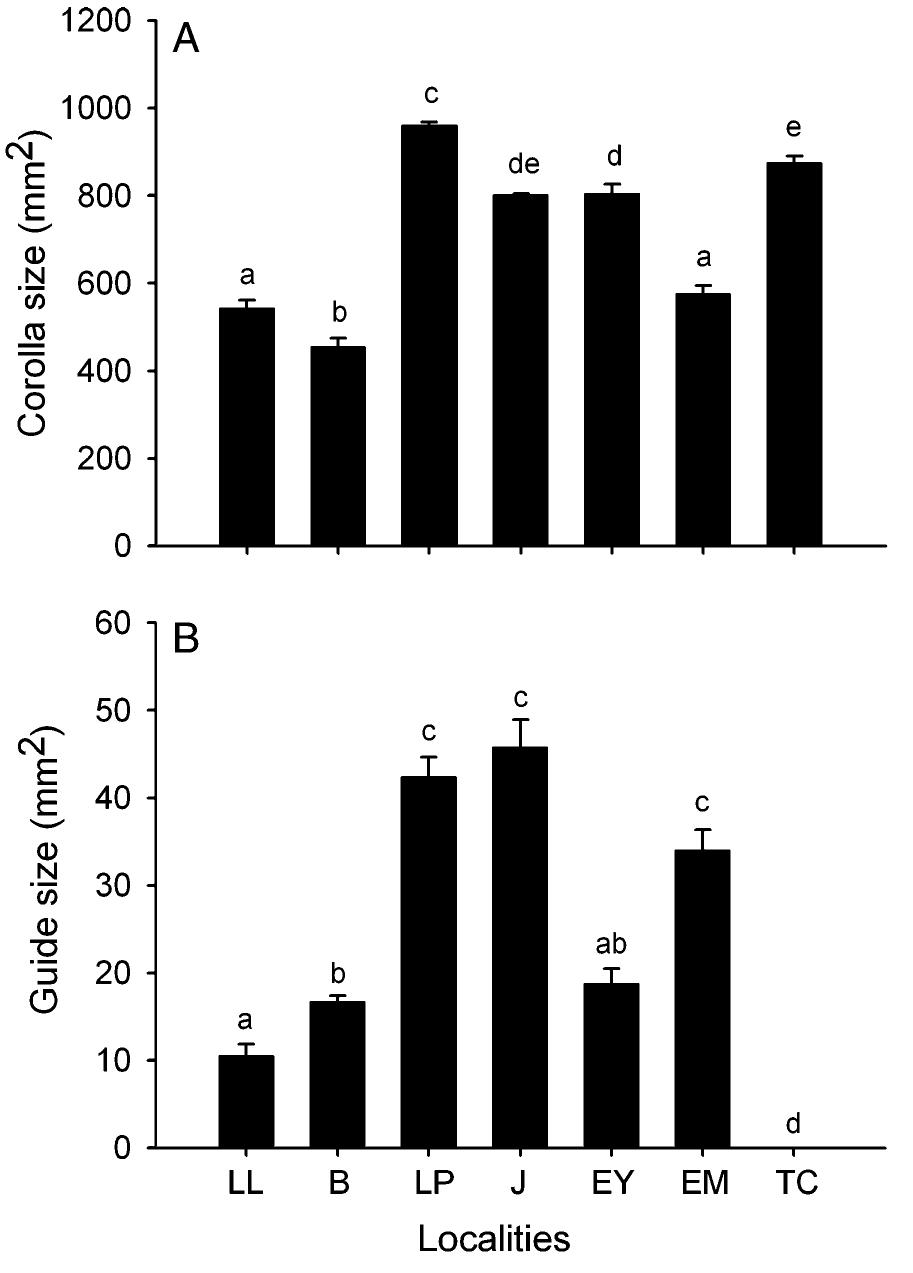Key research themes
1. How do microclimatic measurements compare to standard weather station data along altitudinal and latitudinal climatic gradients?
This research theme investigates the representativeness and accuracy of commonly used meteorological data recorded by standard weather stations—typically at 1.5 to 2 meters above ground—in reflecting microclimatic conditions that directly affect ecological processes near the soil surface, especially along climatic gradients such as elevation and latitude. Understanding temperature variations at microhabitat scales is critical for precise assessment of climate change effects on biota and soil processes. This theme addresses the discrepancy between macro- and microclimate measurements, and their implications for ecological and climate impact studies.
2. How do species’ geographic range sizes and physiological tolerances vary along climatic variability gradients, and what mechanisms explain these patterns?
This theme delves into the ecological and evolutionary mechanisms by which climatic variability gradients along latitude and elevation influence species' range sizes and thermal tolerance adaptations. It investigates the Climatic Variability Hypothesis underlying Rapoport's Rule, suggesting that taxa exposed to greater environmental variability evolve broader physiological tolerances and wider distributional ranges. This theme operationalizes clinal analyses of thermal physiological traits, species’ range extents, and genetic differentiation, with implications for understanding species vulnerability and potential adaptation under climate change.
3. What are the regional patterns and drivers of diurnal temperature range (DTR) trends across diverse climatic zones, and how do maximum and minimum temperature changes contribute?
This research theme explores the spatial and temporal variability of the diurnal temperature range (DTR), defined as the difference between daily maximum and minimum temperatures, across different climatic regions. By analyzing nonlinear and nonstationary time series across heterogeneous climatic zones, these studies elucidate how differential rates of change in daytime and nighttime temperatures shape DTR trends. Understanding these dynamics is pivotal for capturing localized climate change impacts relevant for agriculture, health, and ecosystems.














